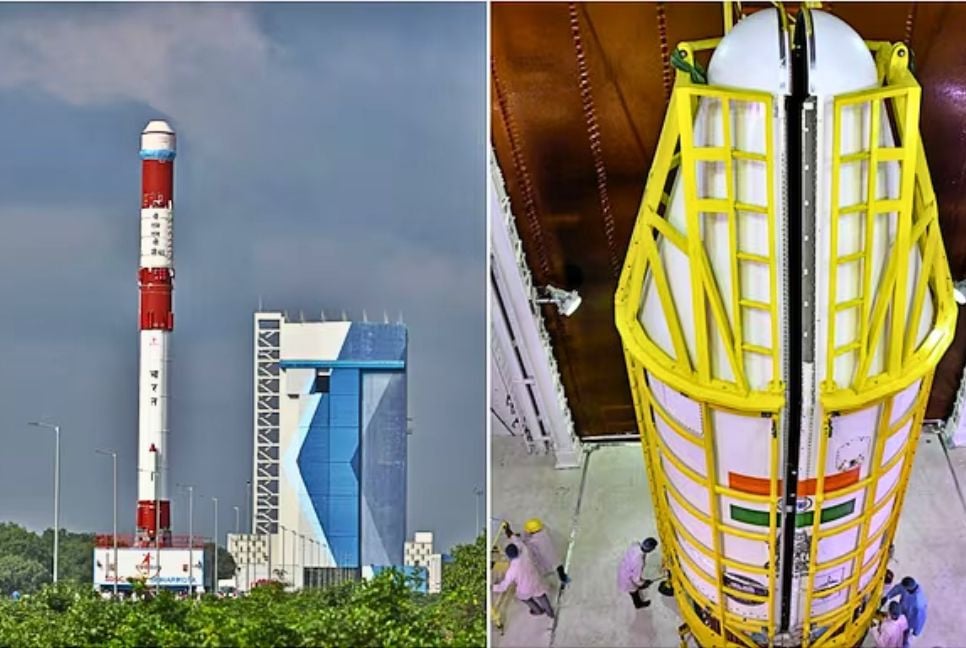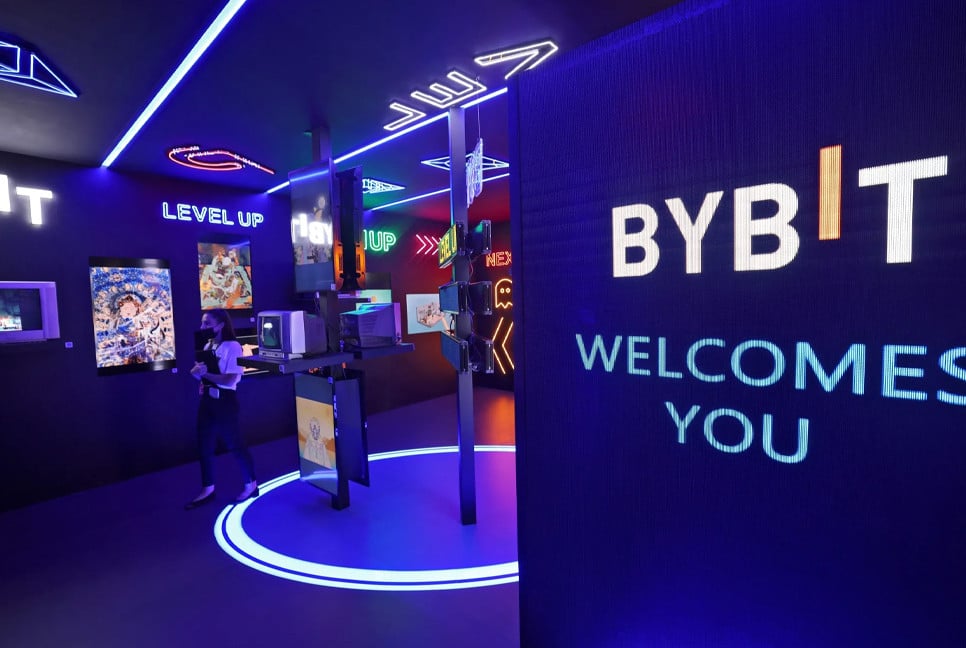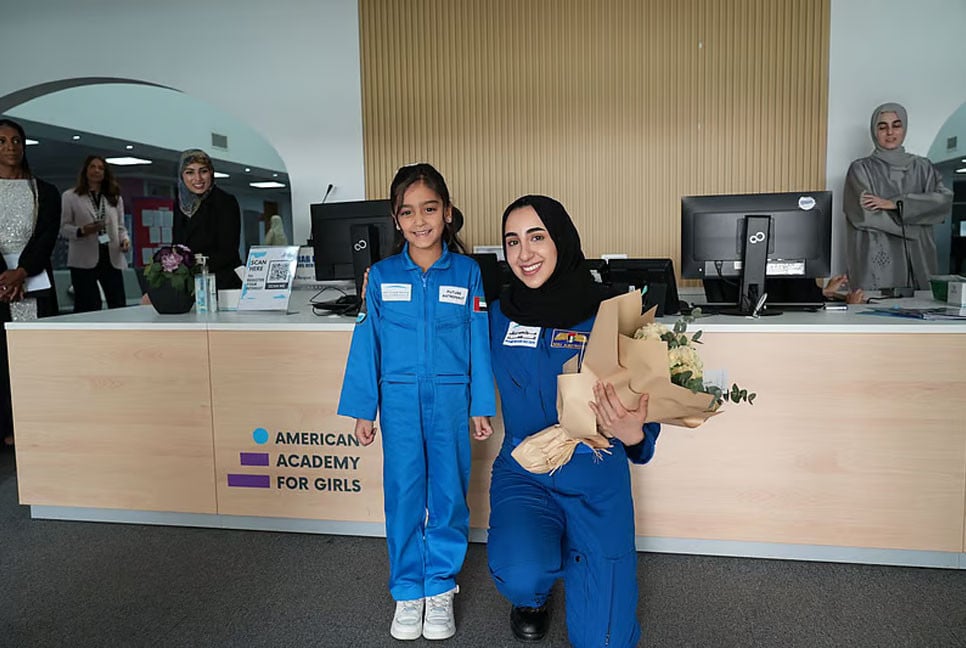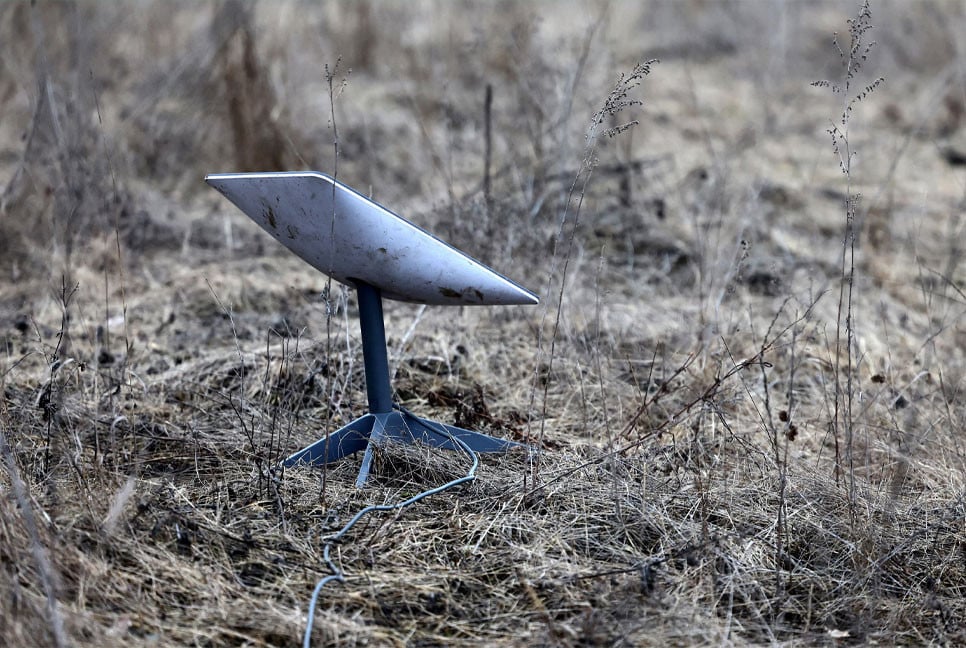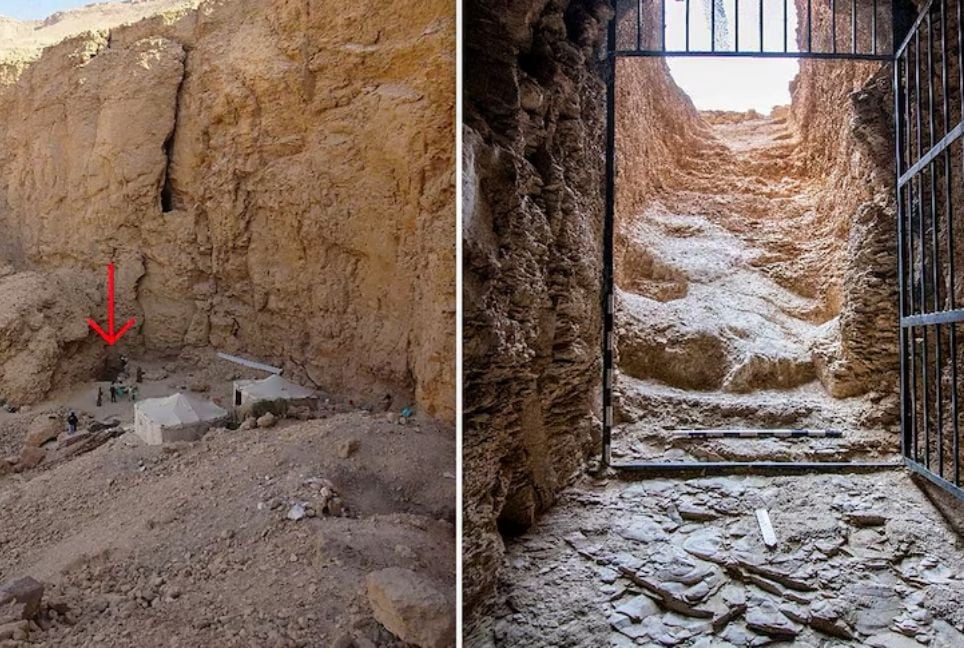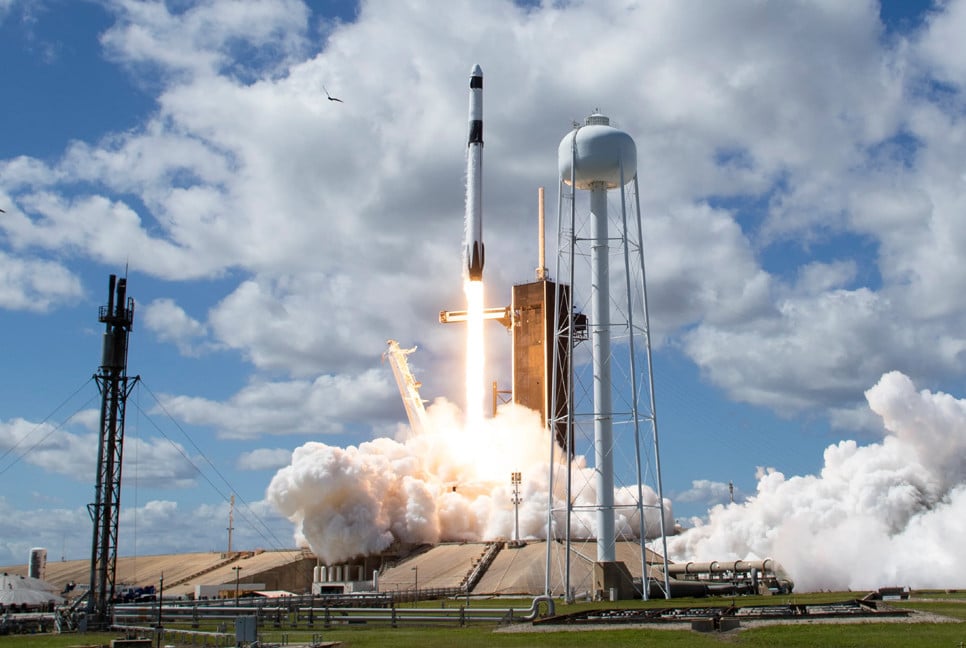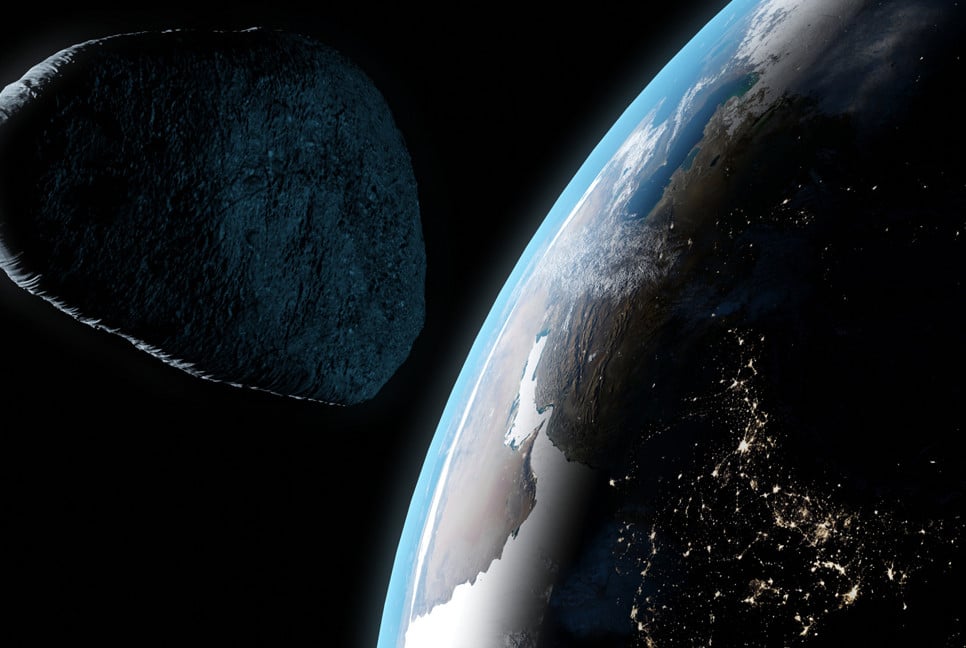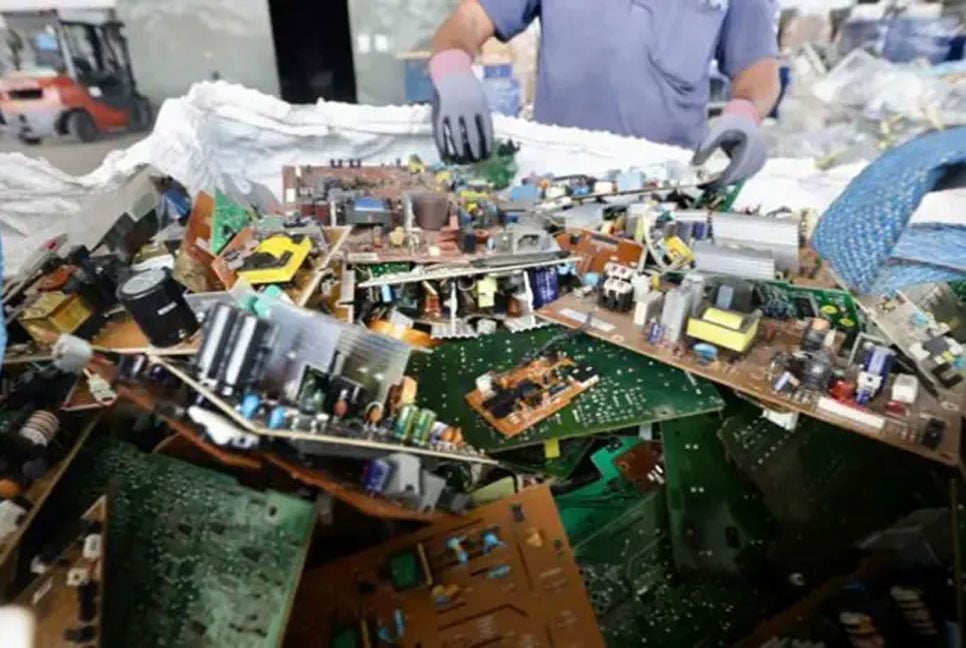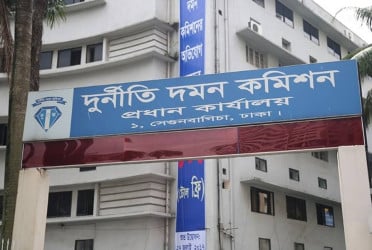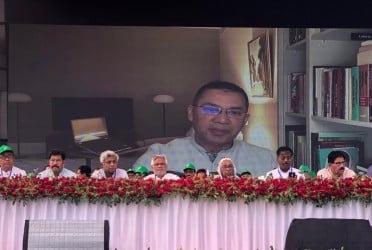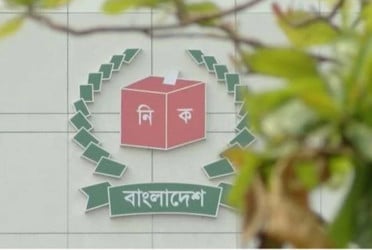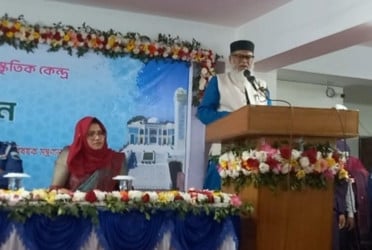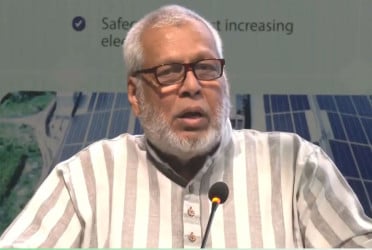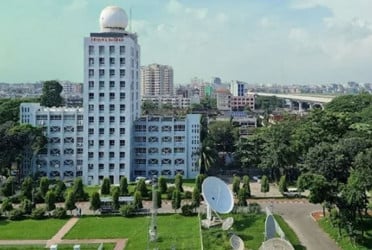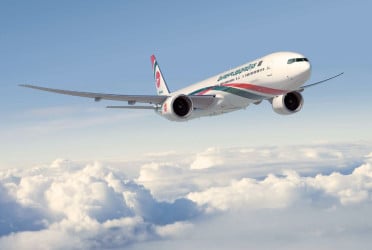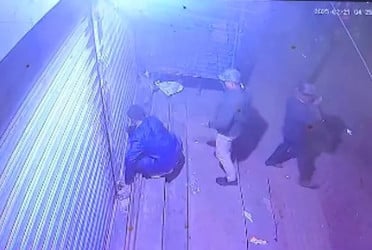The Indian Space Research Organisation (ISRO) is launching its Space Docking Experiment – also known as SpaDex – onboard a PSLV rocket on Monday.
According to the latest updates by the space agency, the SpaDex launch has been rescheduled by two minutes from 9:58 pm to 10 pm, reports Hindustan Times.
"Launch Day is here. Tonight at precisely 10 pm, PSLV-C60 with SpaDeX and innovative payloads are set for liftoff," ISRO said in an update on Monday.
"Space Docking Experiment is a pioneering mission to establish India's capability in orbital docking, a key technology for future human spaceflight and satellite servicing missions," the space agency added.
The launch was earlier scheduled for 9:58 pm.
It will now lift off at 10 pm on Monday instead of the originally planned 9.58 pm, ISRO said. However, there was no immediate information on the reason behind the rescheduling.
What is Space Docking that ISRO wants to achieve through SpaDex?
The in-space docking technology would be essential for taking up India's ambitions in space, including sending humans to the Moon, bringing samples from there, and also building and operating the country's own space station – Bharatiya Antariksh Station.
A cost-effective technology demonstrator mission for in-space docking, ISRO’s Space Docking experiment, if successful, would make India join an elite list featuring China, Russia and the United States.
The docking technology would also be utilised when multiple rocket launches are planned to achieve common mission objectives.
The mission will be launched from the first launch pad and will carry SpaDeX with two spacecraft as the primary payloads along with 24 secondary payloads.
ISRO said the two spacecraft in the PSLV rocket – Spacecraft A (SDX01) and Spacecraft B (SDX02) would be placed in an orbit that would keep them 5 km apart from each other. Later, scientists at ISRO headquarters would try to bring them closer up to 3 metres which would subsequently lead them to merging together at an altitude of about 470 km above Earth.
The process is expected to take place about 10-14 days after the scheduled lift-off on Monday, according to ISRO officials.
In the SpaDeX mission, Spacecraft A carries a High-Resolution Camera, while Spacecraft B has a Miniature Multispectral Payload and a Radiation Monitor Payload. These payloads would provide high-resolution images, natural resource monitoring, and vegetation studies, among others.
This would be ISRO's last mission in 2024 and the PSLV-C60 is the first vehicle to be integrated up to the fourth stage at the PSLV Integration Facility that has been established.
Bd-pratidin English/Fariha Nowshin Chinika

